Sometimes, when people become interested in shooting firearms, the first thing they want to do is head to the range and start shooting. If this is just a one-time thing to “try it,” I guess I understand. However, if these people are interested in living the Second Amendment (2A) lifestyle of owning and carrying firearms, I believe there is a lot more that should come first. Following are the five handgun manipulation skills that can easily be practiced at home (with an unloaded gun while adhering to the four firearm safety rules), which I think are essential to becoming a respected person in the 2A community.
Sponsored by Springfield Armory
Five Handgun Manipulation Skills
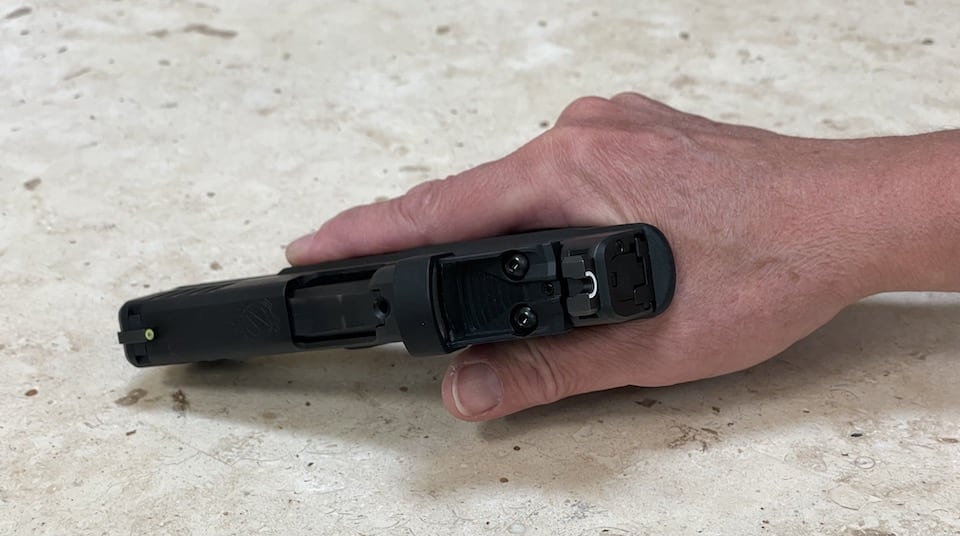
1. Picking it Up
It seems so simple. If the pistol is sitting on a table, pick it up. Sure, you can remove it from the table and get it into your hands any way you want. However, I offer these suggestions if you want to look like you know what you are doing and make those around you feel a bit more relaxed.
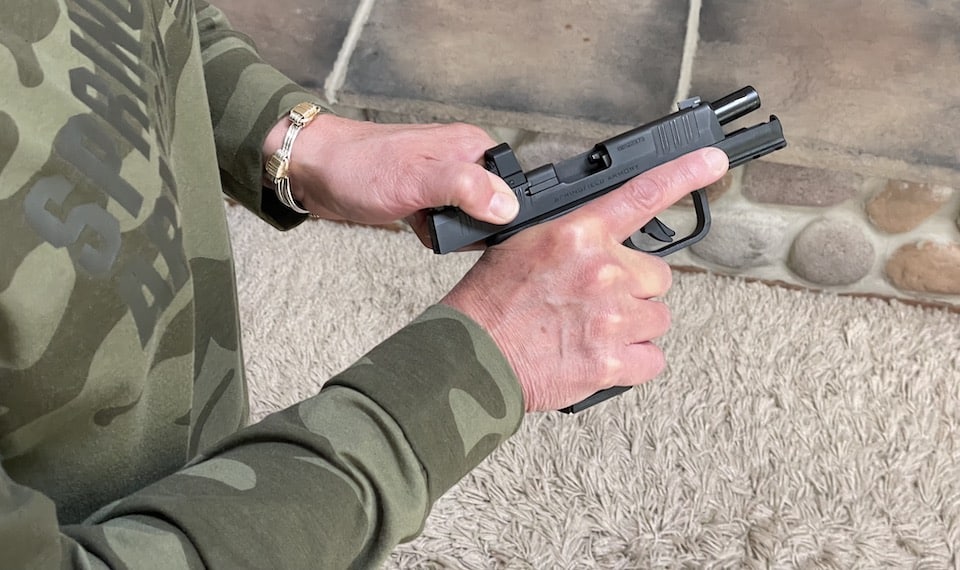
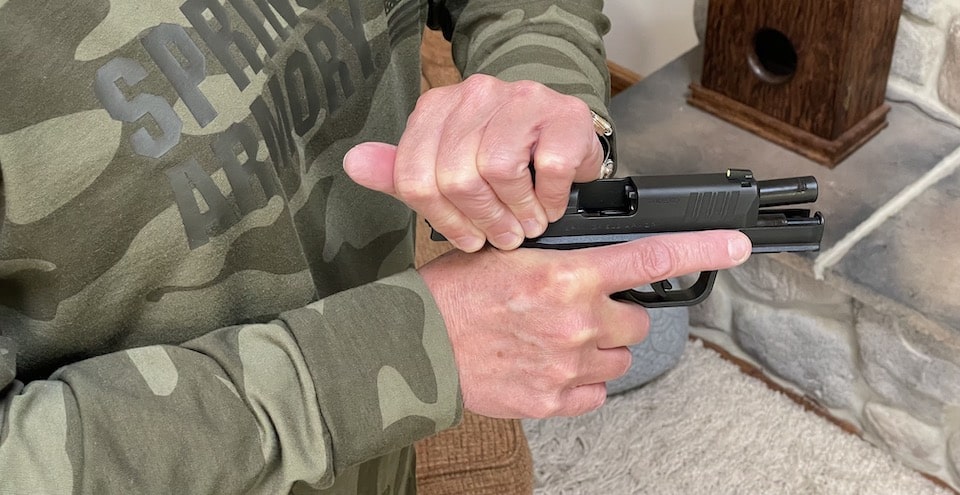
2. Working the Slide
You have to be able to wrack the slide and lock it to the rear if you are going to shoot a firearm. Here are some tips to make it a little easier.
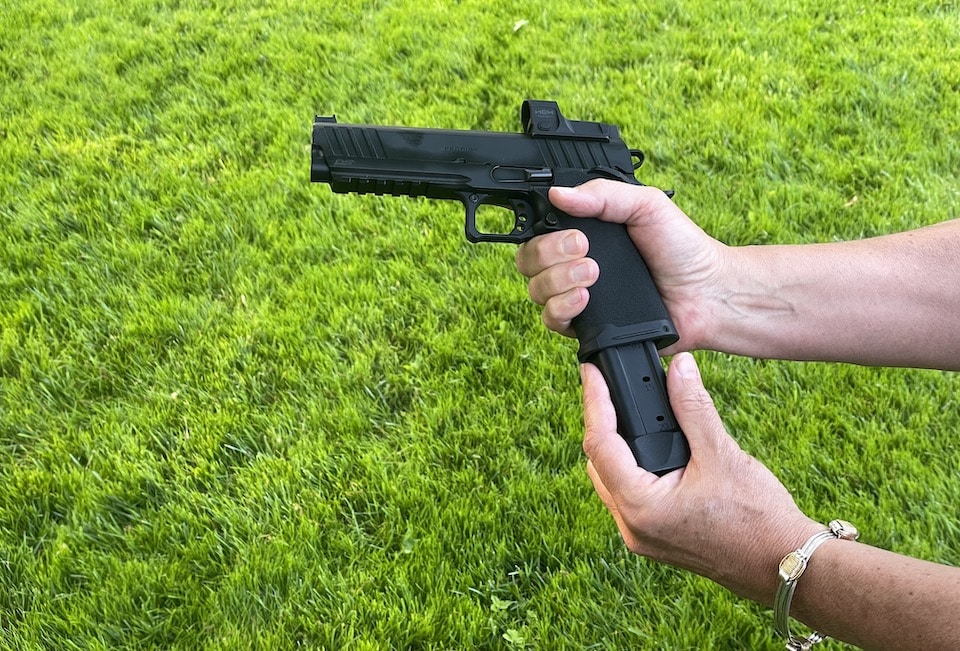
3. Loading It
Knowing how to load your pistol correctly will help you when you start live fire training and begin working on your speed. Here are some easy tips to get you started before you even shoot your first round. Again, use dummy (inert) rounds or just dry fire for this one.
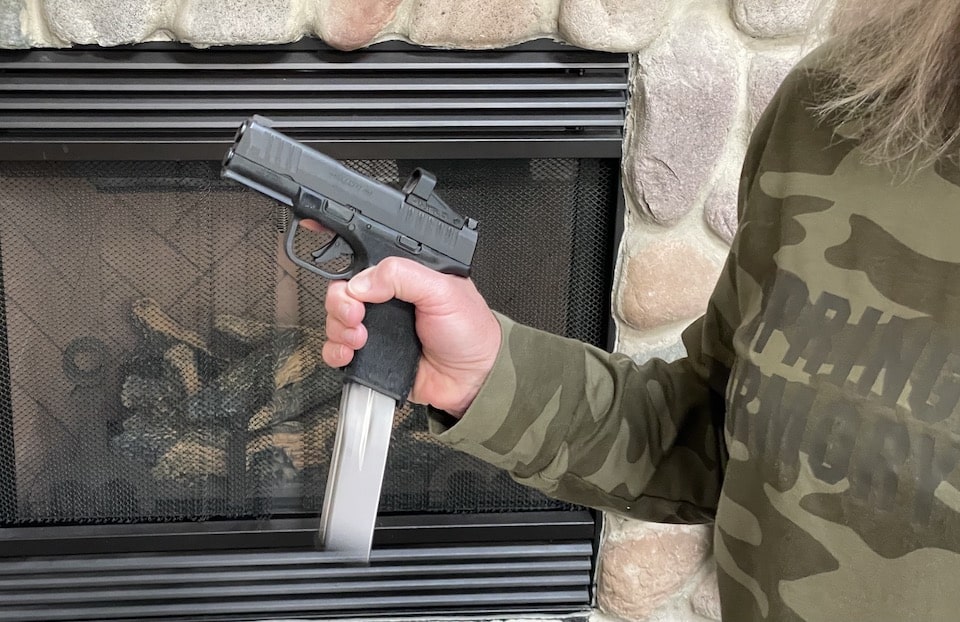
4. Unloading It
Always shooting your handgun until it’s empty is not a way to train. You need to know how to safely unload your firearm.
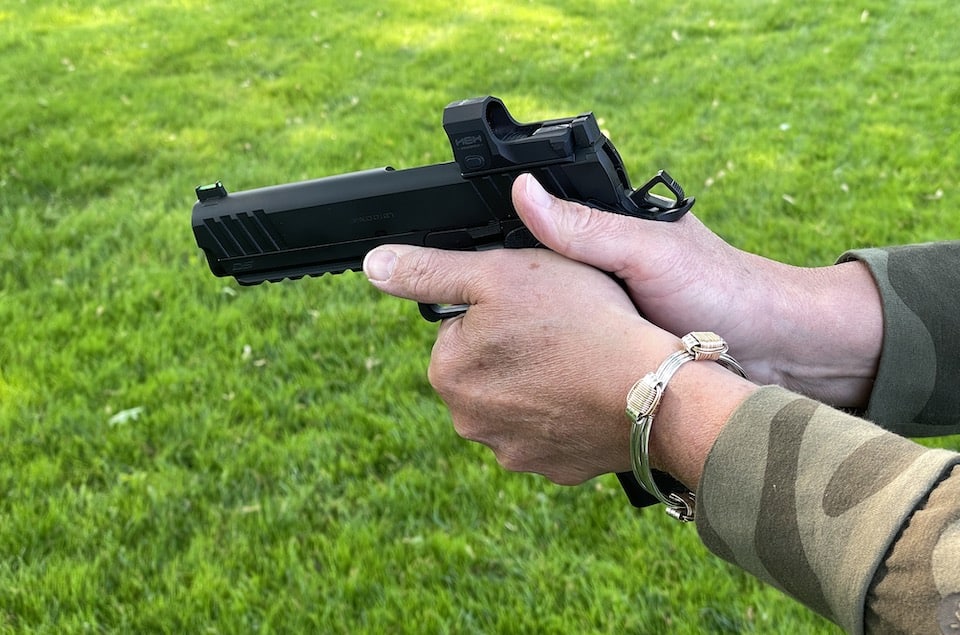
5. Running the Safety
Learning to manipulate the thumb safety every time takes practice.
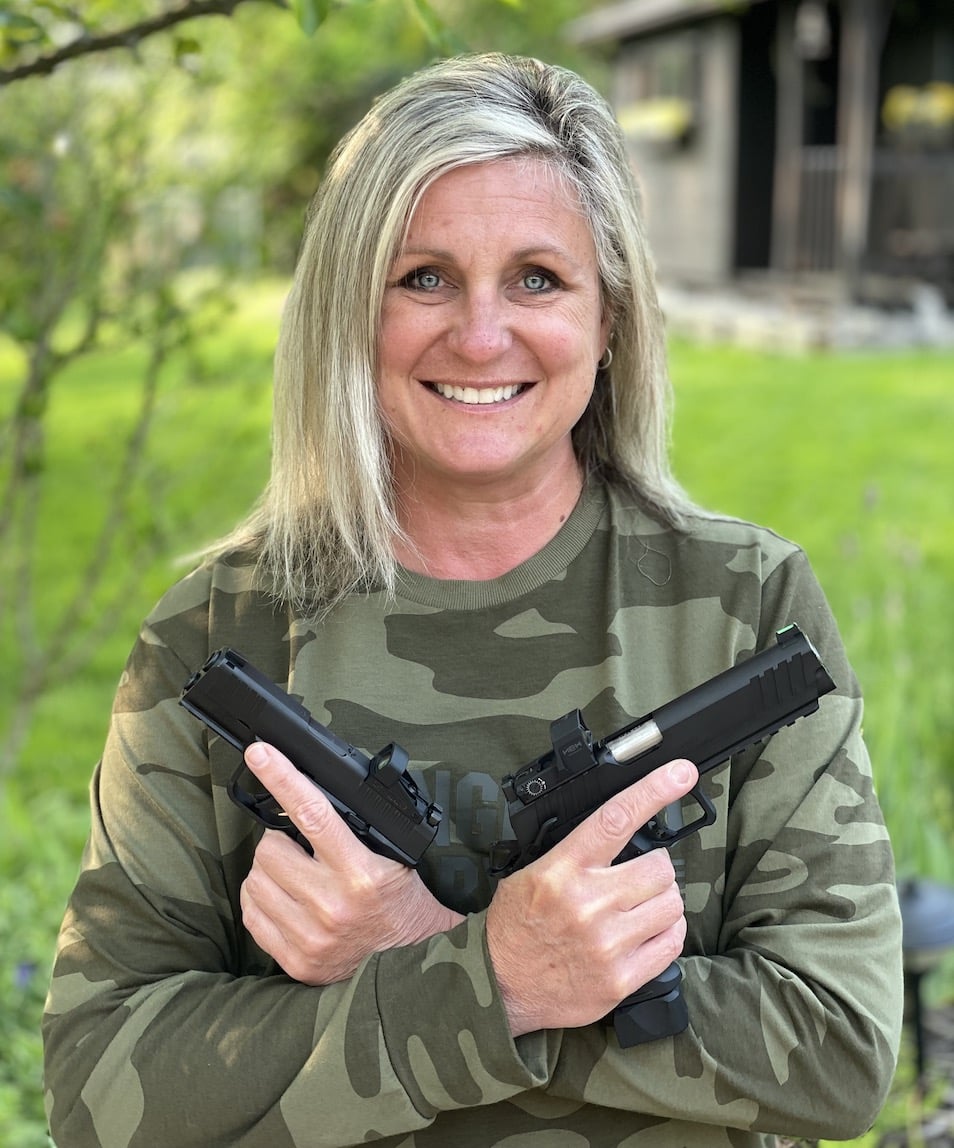
I could add many more handgun manipulation skills to this list; however, I feel these five are the most important. The ability to manipulate your firearm on autopilot is imperative.
Springfield offers several concealed carry firearms. Find one that works all day long for you here.
Springfield Armory firearms used in the article:
Michelle Cerino, aka Princess Gunslinger, first entered the firearms industry in 2011 as co-owner, president and trainer at a national training company. She immediately began competing in both 3-Gun and NRA Action Pistol, becoming a sponsored shooter. Michelle is currently a columnist and Managing Editor of Women’s Outdoor News, as well as owner of Pervenio LLC. She also manages social media for Vera Koo and GTM Original. Michelle encourages others to step out of the comforts of home and explore. View all posts by Michelle Cerino
Thank you so much was your comments. Time spent working with your firearm and practicing manipulation skills is never wasted.
Hi Michelle! Great article and good information for anyone that may need a reminder of do’s and don’ts to prevent a negligent discharge. On a day when the weather is too foul to head to the range, an at home practice session of “Administrative Gun Handling” using dummy ammo could be just as beneficial as shooting. In reference to point #2; I find for some women that lack the upper body strength (or in the case of a friend of my wife that also has arthritis in her fingers) using the over the top grip with the body turned sideways from down range allows them to put more of their shoulders into working the action. My wife’s friend was able to operate my Ruger SR9c and full size Glock 21 using that method. My former neighbor struggled with her Ruger LC9 and would have her husband load it for her until I showed her this technique. What seems to be hard for newbies to learn is making sure the slide is released completely so that it snaps forward freely regardless of which method is used. They tend to want to hold on for some reason causing feed failures. The sideways turn and release come with practice.
A personal word about Administrative Gun Handling; I have read several firearms experts that say that ADH should be minimized. I disagree and feel that proficiency with ADH increases muscle memory and lowers the risk of a negligent discharge, and is just as important as putting rounds on target. I believe it helps ingrain a culture of constant safe practices regardless of circumstances and enforces Col. Cooper’s Four Rules of Gun Safety. I have observed what I would call lapses of safety happening more AWAY FROM THE RANGE than on it because everyone is acutely aware of the mix of firearms and live ammo. One instance I was involved with last fall was poor muzzle discipline with a suspect’s firearm by law enforcement while on an EMS call.
Since no live ammo or firing is used, I would also count dry fire practice and holster draw/re-holstering as ADH.